The Swedes are said to have invented the portmanteau word coolcation to awaken the desire to travel to the cool countries of the north. Now they are also credited with inventing garden colonies. This week, the New York Times published an in-depth article in the Wellness around the World section about the Swedish garden colonies.

The origin of the allotment gardens
Allotment colony, family garden, allotment garden – the names are varied and differ from region to region. In Switzerland, green happiness is called Pünt, in East Germany Gartensparte. However, the idea of the garden colony did not originate in Sweden, but in Germany. The first real allotment garden association was founded as early as 1814 in Kappeln an der Schlei in Schleswig-Holstein. There, garden plots were leased to needy citizens to improve their diet and income. These so-called poor gardens are considered to be the origin of the later garden colonies and organized allotment gardening in Germany. The development really took off in the mid-19th century with Moritz Schreber, a physician at the University of Leipzig. Schreber propagated physical exercise for urban youth through work in the countryside to compensate for increasing industrialization. From 1864, the allotment gardens named after him were established as family gardens. The garden colony model gradually spread from Germany to other European countries.
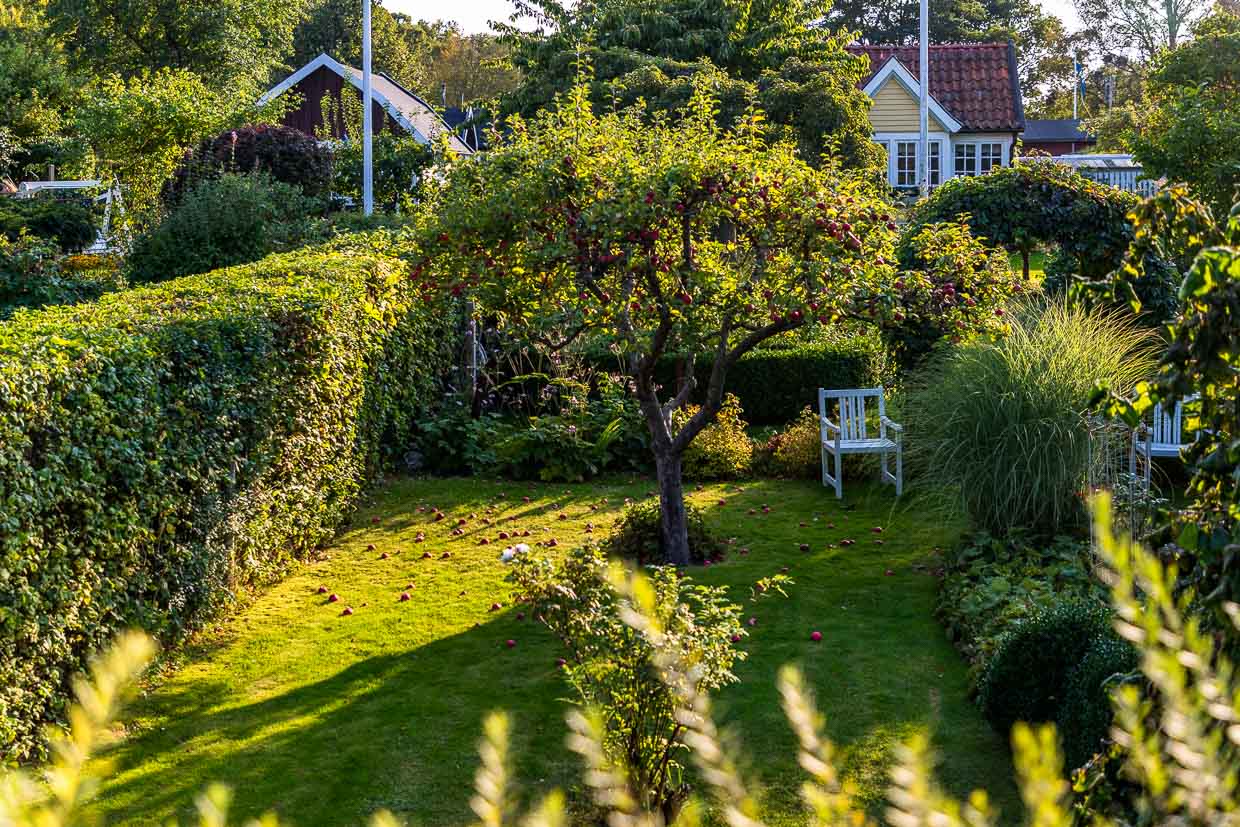
Rothoffska Koloni in Landskrona
Back to Sweden: The idea of the garden colony arrived in the country via Denmark at the beginning of the 20th century. Rothoffs Museikoloni, founded in 1903, is part of Sweden’s oldest allotment garden colony, which was established around 1900 on the old ramparts of Landskrona Citadel. It is the only allotment garden museum in the country. The garden house from 1903, where the Rothoff family once spent their summers, is a faithful representation of how they used the limited space for parents and children. It offers a good insight into the life and garden culture of the time.
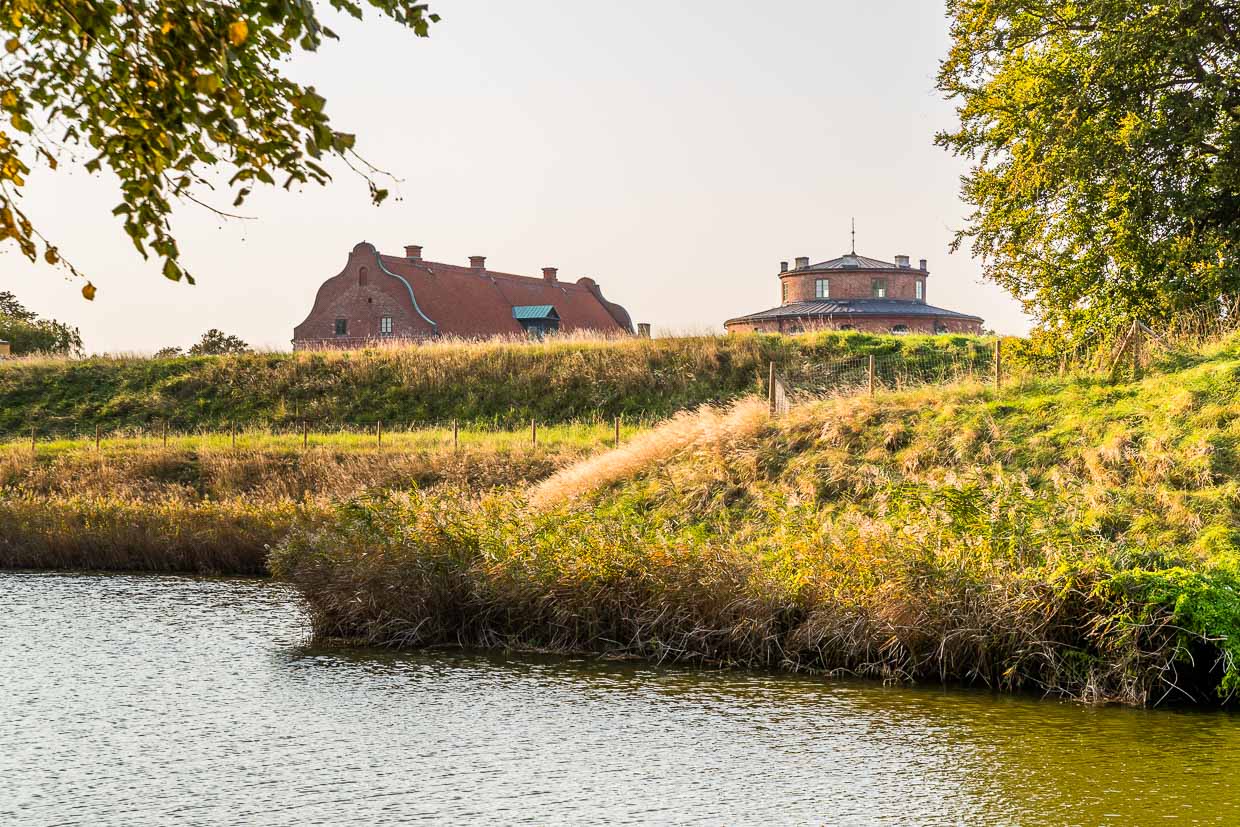
Former potato field, today flower bed
The Citadel Allotment Gardens, as the area at the Citadel in Landskrona is called, was created to provide city dwellers with space to grow fruit and vegetables as well as a retreat in nature. The gardens were intended to provide recreation, contribute to self-sufficiency and serve as social meeting places. Even today, amateur gardeners are committed to looking after the allotment garden colony around the citadel. They cultivate the plots ecologically, place importance on natural gardening and promote the community.
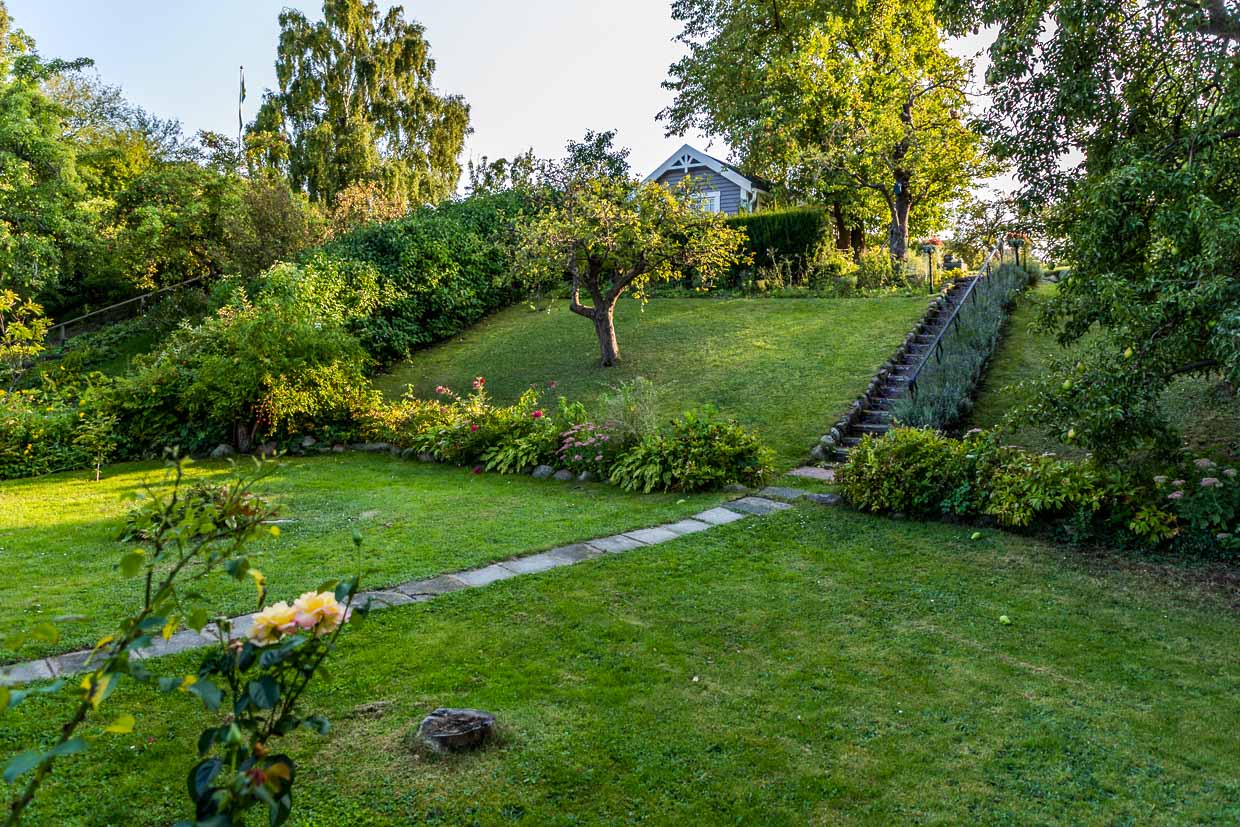
Swap street noise for birdsong
Why city dwellers flee to green spaces is similar all over the world: they are looking for peace, relaxation and a place for family and friends. Researchers agree that people who often visit green spaces are less likely to suffer from depression, have less anxiety, sleep better and feel less lonely or isolated. The only sad thing is that many city dwellers can no longer afford the social progress they once enjoyed.
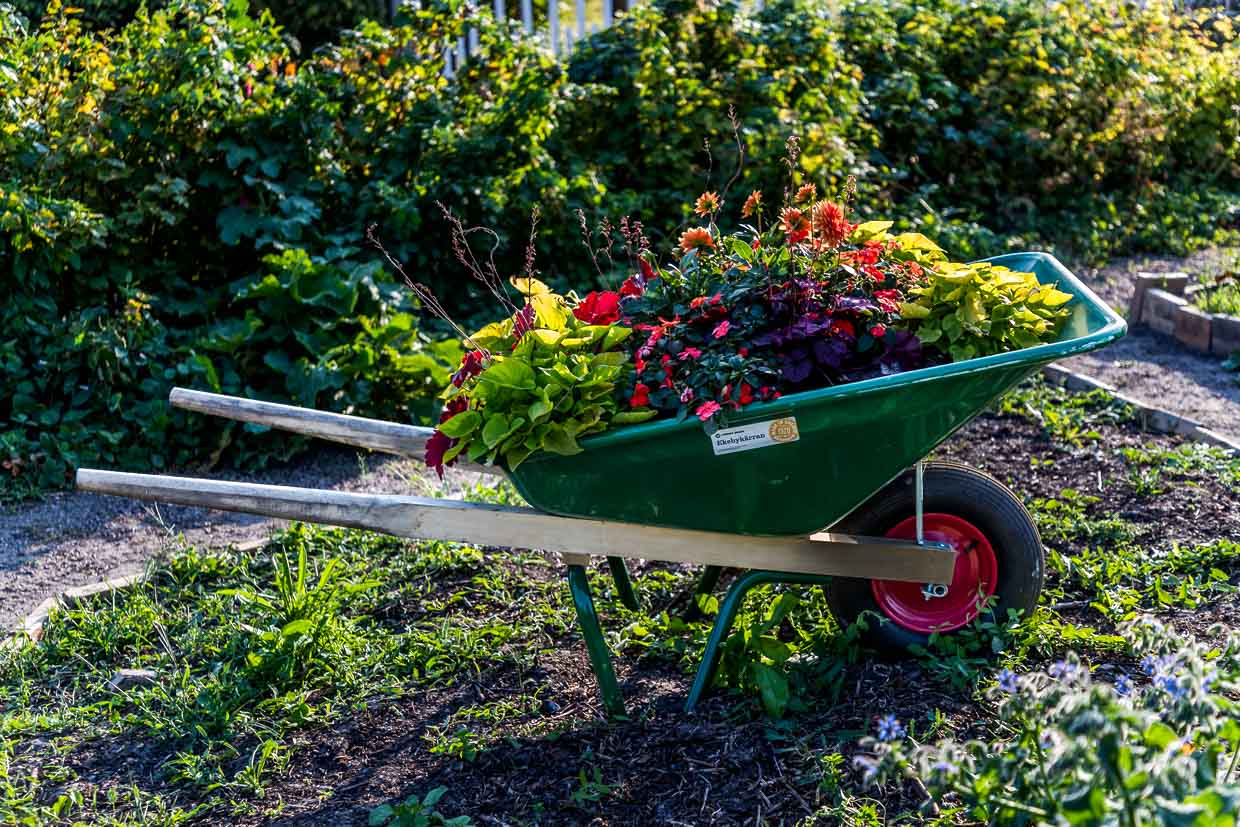
From poor garden to place to be
There are over 50,000 plots of land in Sweden, but demand far outstrips supply. More and more young Swedes are interested in Koloniträdgårdar, which has caused prices to rise in recent years. In Stockholm, prices are regulated to keep the gardens affordable. Plots can be leased there for around 2,000 euros a year. Nevertheless, the dream of having your own green space is no longer a social project. The waiting lists are long, and anyone who wants a plot may have to wait an incredible 20 years. Demand is also high at Citadellkolonierna in Landskrona, as Olga Bergvall from Landskrona Tourism confirms. No wonder: it is the oldest and one of the most beautiful colony areas in Sweden. A small plot of land with a cottage costs around 30,000 euros. In Stockholm’s trendy Södermalm district, the idyllic garden can even cost 100,000 euros.
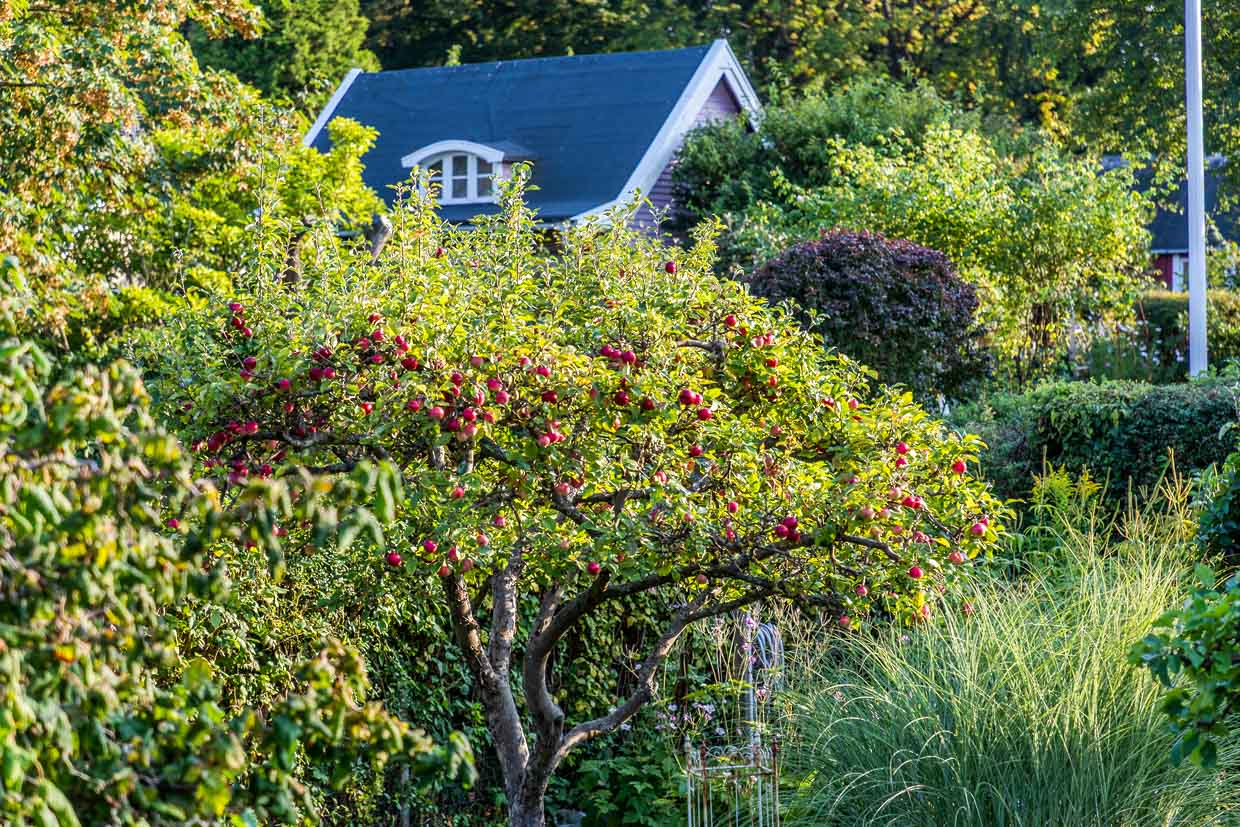
Admission free
Rothoffs Museikoloni in Landskrona is open to visitors during the season – from May 1 to September 15 – from 12 noon to 4 pm. Admission is free of charge. The historic allotment gardens merge seamlessly with the city park and the grounds of Landskrona Citadel, so a visit to the small gardens can become a big walk.
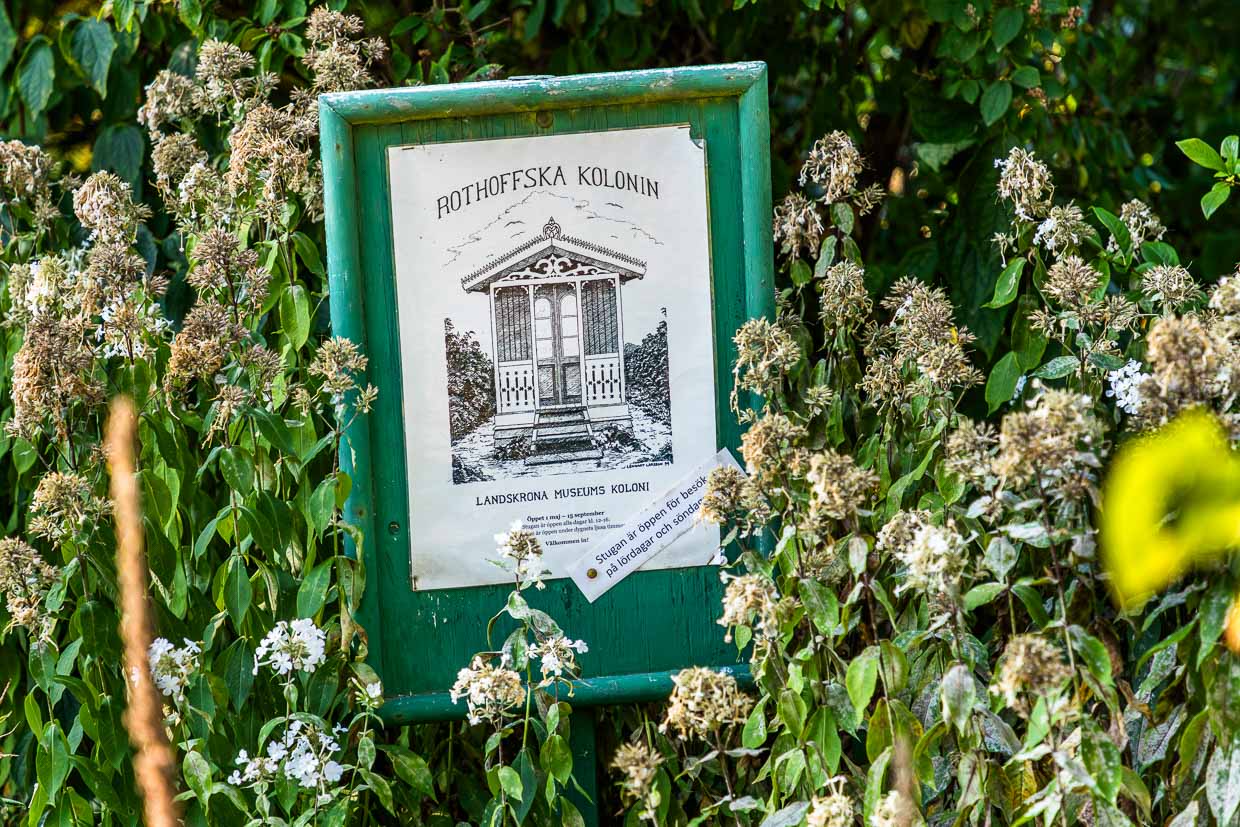
More Sweden Stories
Landskrona in the province of Skåne offers nature and culture. The world-famous writer Selma Lagerlöf wrote her first novel here. The Landskrona Photo Festival showcases the old fortress town every two years. Sweden’s oldest garden colony can be admired from May to September. Just opposite Landskrona is the Öresund island of Ven, a very popular excursion destination. Northwest of Landskrona lies the Kullaberg nature reserve – a hiker’s paradise and the seaside resort of Mölle, where you should pay a visit to Krukmakeri. The Stockholm Metro is considered the longest art exhibition in the world and every year in December is Nobel Prize Week. The Swedish city of Uppsala, 80 kilometres north of Stockholm, is one of the most important in the country. Many centuries before Stockholm was mentioned as a small trading post, Uppsala was the pagan centre of the Vikings. We report on cult and culture in Gamla-Uppsala and on the entertaining messages of the Swedish rune stones and reveal Stockholm’s secret eye-catchers.
The research was supported by Visit Landskrona


